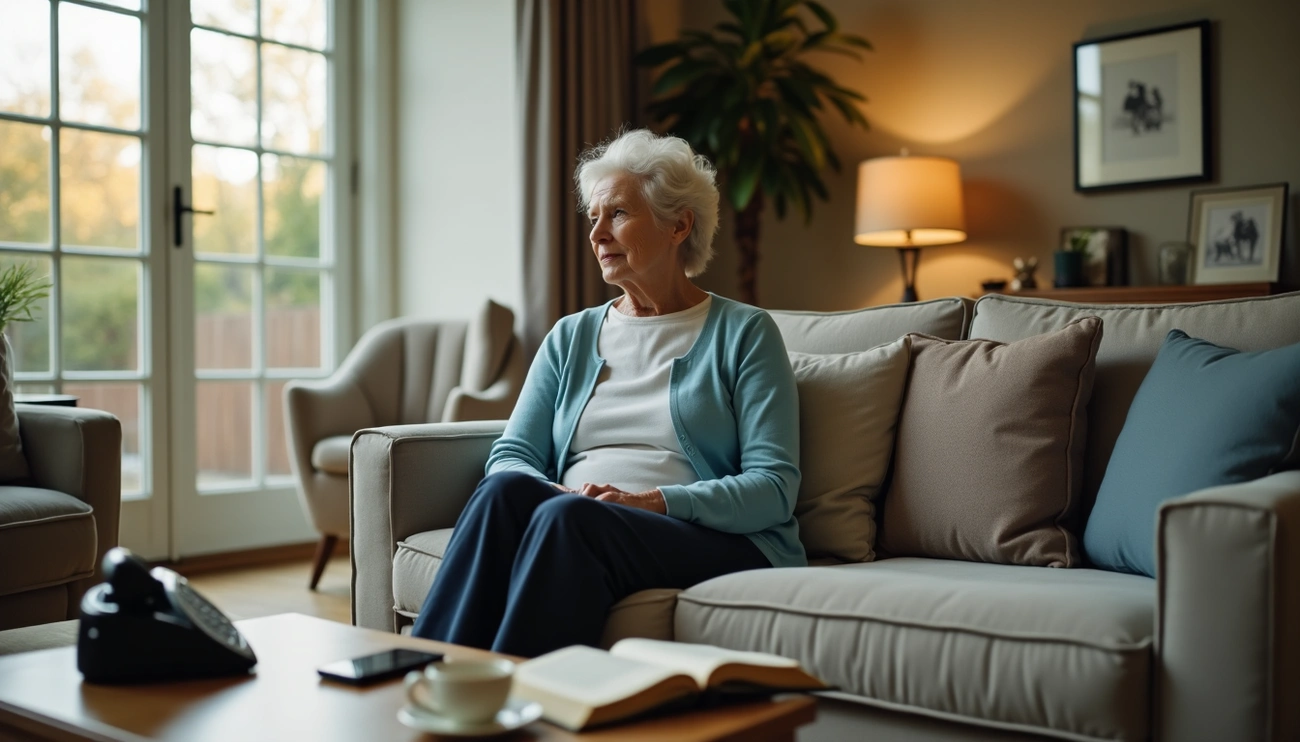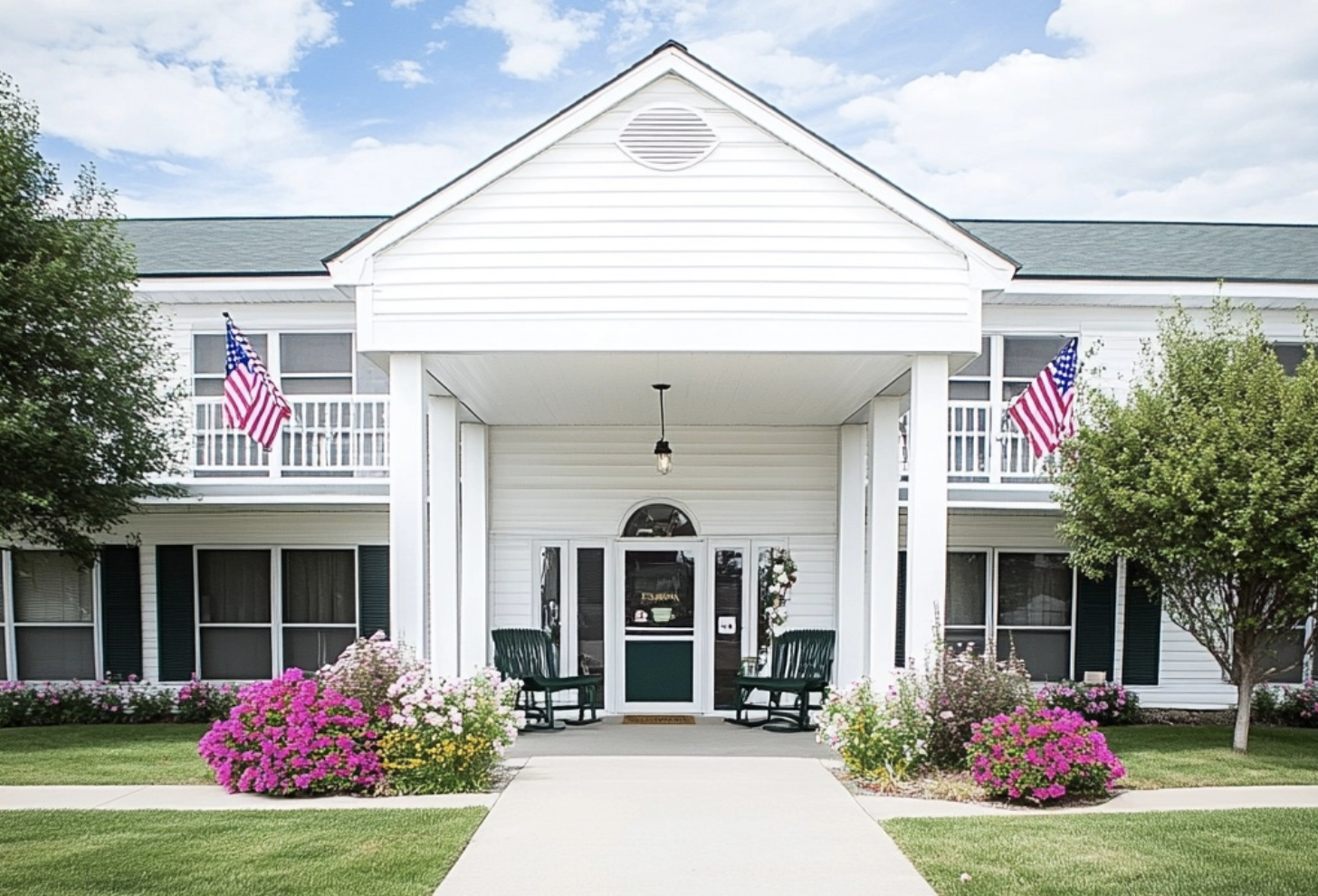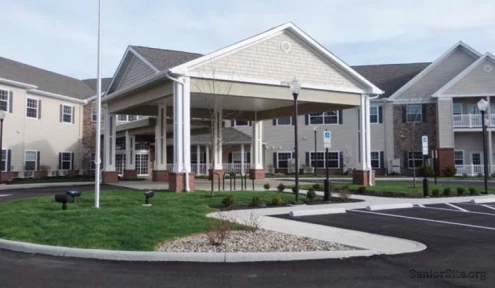Mobility Exercises for Seniors Can Reduce Fall Risk by 23%, Studies Show
One in four older Americans falls every year, according to health statistics. Falls remain the leading cause of both fatal and non-fatal injuries for people aged 65 and over.
Regular mobility exercises for seniors can reduce the likelihood of falling by 23%, research shows. Health experts recommend at least 150 minutes of moderate-intensity activity weekly, including specific mobility and balance exercises for seniors.
Starting an exercise routine presents challenges for many older adults. This guide outlines essential mobility movements – from hip and shoulder exercises to leg strengthening routines – designed to help seniors maintain independence and move more confidently.
The exercises featured focus on practical movements that support everyday activities while improving strength, balance, and flexibility in key areas of the body.
Understanding Mobility Needs for Seniors
Approximately 21% of community-dwelling people over 65 experience frailty, a condition that significantly impacts independence and quality of life. While mobility naturally declines with age, research shows specific exercises can slow or even reverse this process.
What happens to mobility as we age?
The aging process affects mobility through several physiological changes:
- Muscle weakness: Sarcopenia causes natural loss of muscle mass and strength
- Joint issues: Osteoarthritis becomes more common, causing pain and reduced flexibility
- Bone health deterioration: Osteoporosis increases fracture risks
- Energy changes: The gap between maximum aerobic capacity and energy needed for daily activities shrinks
Hormonal changes create an imbalance between anabolic and catabolic hormones that impacts physical function. These changes typically accelerate during the seventh decade, though the timeline varies significantly between individuals.
Benefits of regular mobility exercises
Research shows that targeted mobility training improves overall functioning and mobility levels. Consistent physical activity provides multiple benefits:
- Reduces falls by approximately 21% (with greater effects when including challenging balance activities)
- Decreases risk of chronic diseases like cardiovascular disease and diabetes
- Improves mental health and cognitive function
- Enhances emotional well-being and social health
The Centers for Disease Control recommends adults 65+ engage in at least 150 minutes of moderate physical activity weekly, plus two days of muscle-strengthening activities.
Signs you need to improve your mobility
Recognizing early warning signs can prevent serious mobility loss. Key indicators include:
- Balance issues: Unsteadiness while walking or difficulty maintaining balance
- Difficulty rising: Struggling to get out of chairs or sit down without support
- Stair challenges: Problems navigating stairs safely
- Declining hygiene: Reduced personal care standards due to movement limitations
- Frequent falls: An older adult suffers a fall approximately every second in the US
The “Get Up and Go Test” helps identify mobility problems—taking longer than normal to stand from a chair, walk 10 feet, return and sit down indicates declining mobility.
Mobility loss isn’t inevitable. Appropriate exercises focusing on hips, shoulders, and legs can maintain and improve movement abilities throughout aging.
Essential Hip Mobility Exercises for Seniors
Hip mobility exercises are fundamental for maintaining independence and preventing falls as we age. According to research, these targeted movements specifically help improve balance, alleviate hip discomfort, and enhance overall mobility.
Seated hip marches
Seated hip marches strengthen hip flexors while enhancing circulation and coordination. They’re particularly effective for those who have difficulty standing for extended periods.
- Sit upright in a sturdy chair with your feet flat on the floor.
- Slowly lift one knee as high as comfortable, keeping your back straight.
- Lower your leg back down and repeat with the opposite leg.
- Perform 10-12 repetitions on each side.
This exercise activates the glutes and hamstrings, improves core stability, and helps prevent shuffling when walking. Regular practice can also relieve hip and knee pain.
Standing hip circles
Standing hip circles increase hip joint flexibility and range of motion.
- Stand with your feet shoulder-width apart and place hands on your hips.
- Gradually rotate your hips in a circular motion, creating large, controlled circles.
- Complete 10 circles in one direction, then change to the opposite direction.
- Spend at least 30 seconds in each direction.
This exercise targets virtually all hip muscles, particularly strengthening the glutes which provide essential hip support. If balance is challenging, reduce the circle size or hold onto a sturdy object.
Hip flexor stretches
The hip flexor stretch preserves flexibility in the front of the hip, an area that commonly tightens with age.
- Kneel on one knee with the opposite foot forward at a 90-degree angle.
- Slowly push your hips forward until you feel a gentle stretch along the front of your hip.
- Hold for 20-30 seconds before switching sides.
This stretch is particularly beneficial for seniors with lower back pain. To maintain balance, hold onto a chair or wall during this exercise.
Modified hip bridges
Hip bridges strengthen the glutes and muscles around the hips.
- Lie on your back with knees bent and feet flat on the floor, hip-width apart.
- Press through your heels as you lift your hips toward the ceiling.
- Squeeze your glutes at the top, hold for a moment, then slowly lower back down.
- Perform 10-12 repetitions.
This exercise enhances hip extension, which is crucial for walking and standing. Furthermore, it supports the lower back and improves overall stability.
Effective Shoulder Mobility Exercises for Seniors
Maintaining upper body flexibility becomes increasingly important as we age. Shoulder mobility exercises help seniors prevent injuries and maintain independence in daily activities like reaching, dressing, and carrying items.
Shoulder rolls and shrugs
Shoulder rolls and shrugs target the trapezius muscles, which support proper posture when strengthened. These exercises relieve tension in the neck, shoulders, and upper back.
To perform shoulder rolls:
- Sit or stand tall with feet shoulder-width apart
- Shrug shoulders up toward the ears
- Roll them back and down
- Squeeze shoulder blades together
- Repeat for 10 repetitions
This movement works the shoulders, upper back, and chest muscles. Regular practice helps maintain proper posture and stabilizes the neck and upper back.
Wall angels
Wall angels improve posture and increase shoulder flexibility. Research shows postural exercise intervention helps improve posture and reduce pain.
To perform wall angels:
- Stand with back against a wall, feet 3-4 inches from the base
- Place the backs of hands and arms against the wall at head height
- Slowly slide arms up toward the ceiling while maintaining wall contact
- Return to starting position in a controlled manner
- Aim for 4-5 repetitions
Wall angels primarily target the rhomboids, trapezius, deltoids, serratus anterior, and rotator cuff muscles. They also lengthen chest muscles that commonly tighten from prolonged sitting.
Doorway stretches
Doorway stretches open the pectoralis muscles and increase shoulder range of motion. This exercise allows stretching each side of the chest individually.
To perform:
- Stand in a doorway with elbows bent at 90 degrees
- Place forearms on doorframe at shoulder height
- Step forward with one foot until feeling a gentle stretch
- Hold for 15-30 seconds
- Repeat 2-3 times
This stretch helps counteract the hunched-over position many seniors develop, improving shoulder mobility and posture.
Key Leg Mobility Exercises for Seniors
Strong, flexible legs form the foundation of everyday movements. Leg mobility exercises help seniors maintain independence by improving stability and reducing fall risk. Four essential exercises can make a meaningful difference in daily activities.
Ankle rotations
Ankle rotations improve flexibility and range of motion, crucial for maintaining balance and preventing falls. Weak ankles can affect gait and put stress on knees and hips.
To perform ankle circles:
- Sit comfortably with a rolled towel under your ankle
- Slowly rotate your ankle clockwise 10 times
- Repeat counterclockwise 10 times
- Switch to the other ankle and repeat
Regular practice of ankle rotations improves ability to walk on different surfaces (carpet, grass, gravel) and helps recover from loss of balance.
Seated leg extensions
Seated leg extensions strengthen the quadriceps muscles at the front of the thighs without putting excessive strain on the knees.
To perform this exercise:
- Sit upright in a chair with feet flat on the floor
- Extend right leg straight out in front
- Hold for 2 seconds, then lower slowly over 4 seconds
- Repeat 10 times, then switch to left leg
This exercise improves ability to climb stairs, rise from chairs, and walk with greater confidence. For an added challenge, progress to using resistance bands or ankle weights.
Calf stretches
Calf stretches increase flexibility in lower leg muscles, which directly affects ankle mobility and walking ability.
To perform a standing calf stretch:
- Face a wall and place hands on it for support
- Step right leg forward slightly bent
- Keep left leg straight behind you, heel flat
- Gently lean forward until feeling a stretch in the calf
- Hold for 20-30 seconds, then switch legs
This stretch prepares muscles for activities like walking and helps improve knee movement. Performing it before daily walks provides the most benefit.
Gentle knee bends
Gentle knee bends strengthen the muscles supporting the knees, reducing strain and discomfort.
To perform safely:
- Stand near a sturdy surface for support if needed
- Keep feet hip-width apart
- Slowly bend knees slightly, as if beginning to sit
- Return to standing position
- Repeat 8-10 times
Apart from strengthening leg muscles, these exercises can reduce symptoms of knee pain and arthritis. Stronger muscles around the knee help absorb impact, potentially making movement more comfortable.
Conclusion
Research shows regular mobility exercises play a vital role in maintaining independence and reducing fall risks for seniors. The movements targeting hips, shoulders, and legs outlined in this guide improve daily activities and overall quality of life.
Starting with a few minutes of exercise daily allows gradual strength building through safe, manageable movements. Studies demonstrate consistent practice reduces fall risks by 23% while enhancing balance, flexibility, and muscle strength.
Mobility loss isn’t inevitable with aging. Incorporating these exercises into daily routines and monitoring physical responses helps seniors maintain activity levels and independence. Starting slowly and progressing at an individual pace produces the most sustainable results.
The exercises featured throughout this guide require minimal equipment and can be performed in home settings, making them accessible options for most older adults seeking to maintain or improve their mobility.
FAQs
Q1. What are some effective ways for seniors to improve mobility? Regular exercise is key to improving mobility in seniors. Focus on activities that strengthen muscles, enhance flexibility, and improve balance. This can include gentle exercises like walking, swimming, or specific mobility exercises targeting hips, shoulders, and legs. Always start slowly and gradually increase intensity as you build strength and confidence.
Q2. Which exercise is most beneficial for improving balance in older adults? One of the most effective exercises for improving balance in seniors is the single-leg stand. Start by holding onto a sturdy chair for support, then lift one foot off the ground while keeping your core engaged. Hold this position for as long as you can, then switch legs. As your balance improves, try to reduce your reliance on the chair for support.
Q3. Is walking a good exercise for seniors? Yes, walking is an excellent exercise for seniors. It’s low-impact, easy to do, and offers numerous health benefits. Regular walking can improve cardiovascular health, increase bone density, and enhance balance and coordination. Start with short walks and gradually increase the duration and pace as your fitness improves.
Q4. How can seniors safely begin a mobility exercise routine? Start by consulting with your healthcare provider to ensure the exercises are appropriate for your health condition. Begin with gentle, low-impact exercises like seated hip marches or shoulder rolls. Focus on proper form and listen to your body. Gradually increase the duration and intensity of your exercises as you build strength and confidence. Remember, consistency is key to improving mobility.
Q5. What are some signs that indicate a need to improve mobility in seniors? Watch for signs such as difficulty rising from a chair without support, unsteadiness while walking, problems navigating stairs, or a decline in personal care standards due to movement limitations. If you notice these signs or experience frequent falls, it may be time to focus on improving your mobility through targeted exercises and activities.












